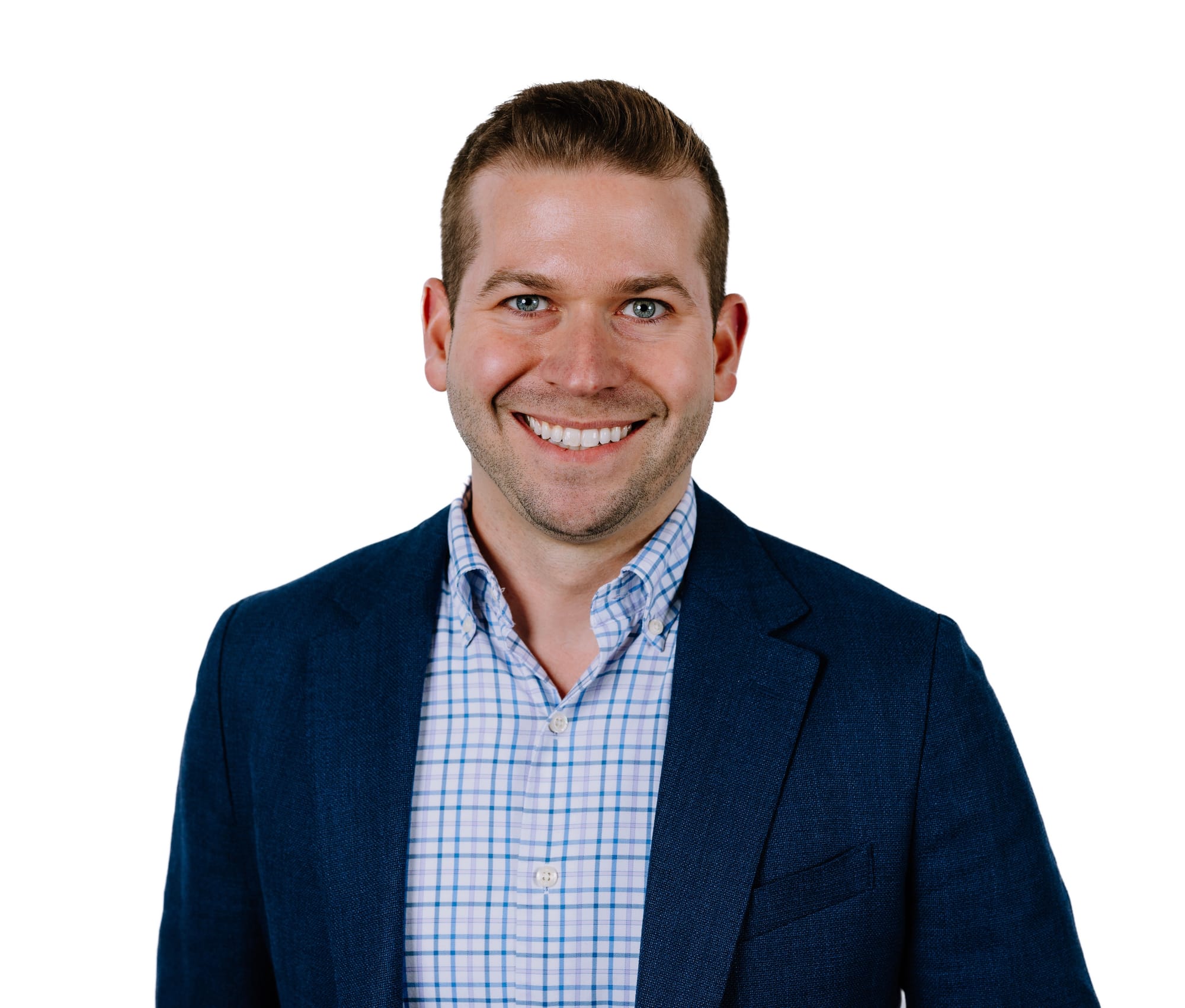With prescription medication costs on the rise, pharmacies nationwide continue to experience increasing pressures to provide accessible and affordable care to patients while trying to balance the need to offer competitive pricing and a viable business model.

Austin Sacks
One way pharmacies can solve for this is to transition to a central fill operating model. By outsourcing a portion of prescription fulfillment to an automated, multi-site, high-volume prescription dispensing network, pharmacies may benefit from reduced cost-to-fill and on-hand inventory while expanding capacity and patient care.
Central fill services enable pharmacies to better manage their increasing prescription medication demands and alleviate day-to-day road blocks by tapping into advanced automation technologies to process and fill prescriptions with minimal up-front costs. While the concept of central fill is not groundbreaking, the approach pharmacies can take to implement and maintain operations can be.
Analyze your current operations
First and foremost, start by conducting a thoughtful analysis of your current pharmacy operations to understand the potential return on investment to transition to central fill. Look at prescription volume, workflow, inventory management practices and staffing requirements. These insights will serve as the guiding principles to determine if central fill is a sustainable solution.
Choose a reputable partner with proven expertise
Selecting the right central fill partner is paramount. Seek out a reputable partner with experience and a proven track record that can handle high-volume prescription fulfillment. When evaluating a partner, consider its technology capabilities, geographic coverage, quality control processes, adherence to regulatory standards, and the ability to scale with unique pharmacy needs.
Plan for central fill integration and implementation
Implementing central fill requires integrating the pharmacy host management system to a central fill network. The right central fill partner will devise a detailed integration plan and allocate sufficient time and resources for this process to support staff training to ensure the pharmacy team is comfortable with the workflow.
Prioritize advanced technology and automation
Leveraging breakthrough technologies and automation via a central fill partner may help advance and improve efficiency, accuracy and overall operations. This includes robotics, artificial intelligence and machine learning algorithms to enhance prescription processing, inventory management, quality control, and especially delivery logistics optimization.
For example, at CoverMyMeds, our Central Fill as a Service (CFaaS), is powered by advanced robotics combined with McKesson’s long-standing expertise in prescription automation technology to improve every aspect of prescription fulfillment, from medication counting to inspection, packaging, labeling, sorting and more. Our automated dispensing locations handle high-volume prescription fulfillment daily, while still ensuring accuracy and timely delivery of prescriptions.
Opt for strategic multi-site geographic diversity
Finally, the optimal central fill partner will have multiple high-volume automated operations and fulfillment sites that are strategically located across the country to maximize access to inventory, reduce transportation costs, fast-track medication delivery and improve patient access.
As pharmacies find innovative ways to provide the highest level of patient care, central fill extends the possibilities for efficiency and cost savings.
Austin Sacks is senior director of product management at CoverMyMeds.









